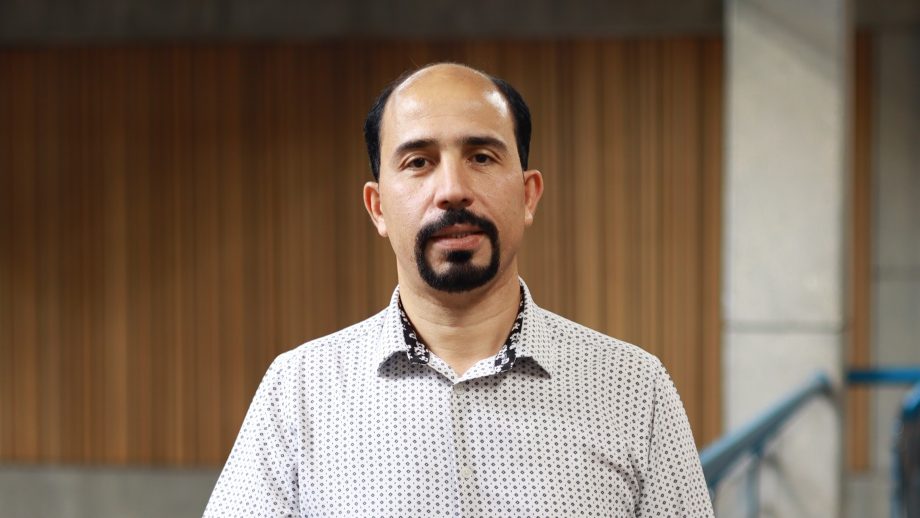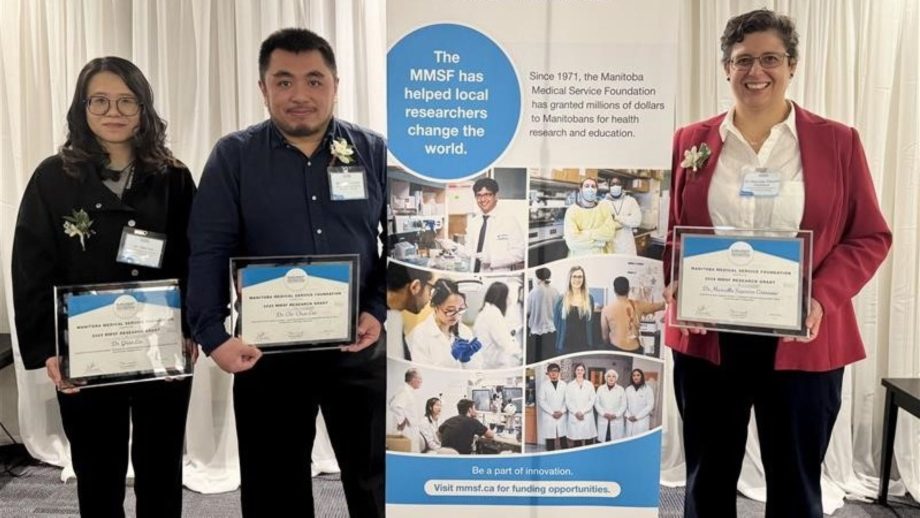University of Winnipeg professor Simon Liao works closely with his graduate students and community partners to conduct research that inspires discovery and aids society.
This includes theoretical research on how to apply image recognition in real-time to hands-on research such as using the pulse from a person’s finger to diagnose cardiovascular disease, helping hospitals improve flu prediction accuracy, and developing systems to monitor and improve emergency room wait times.
These research projects allow us to use AI to solve practical problems which is an important part of the computer science profession.
Dr. Simon Liao
When Liao arrived at UWinnipeg’s applied computer science department 27 years ago, artificial intelligence (AI) research was not as well-known as it is today. As computer activity has increased, so has the ability to take this research to a new level – and though the focus is on the capacity of computers, Liao is quick to point out that this capacity still relies on people.
“With AI, the computer’s intelligence is artificial but the intelligence comes from people,” he said. “You teach the computer to think. After this, the computer can think faster and better than you.”
Using AI technology, it is possible to put systems in place that allow hospital staff to interpret symptoms, reducing the strain on emergency room doctors. Two of Liao’s Master’s students, Jeifu Pei and Bo Ling, had the opportunity to work with staff at Seven Oaks General Hospital in a study designed to more accurately predict flu outbreaks. A few years later, Ling took on a second research project that analyzed waiting room times in order to improve service quality, and help medical staff allocate resources more efficiently.
Just recently, a research paper that Liao worked on with Master’s student Marcel Nwali was accepted by Pattern Recognition, one of the top academic journals in computer vision and pattern recognition.
“It’s very hard for a Master’s student to reach this level,” said Liao. “I am so proud of him.”
Nwali worked with Liao to develop a new method of computing digital image moments accurately without sacrificing efficiency. The moments of a digital image capture its unique properties and capabilities. Different types of image moments have been widely studied and applied in image analysis and recognition.
“Understandably, computing accuracy and efficiency are always against each other,” said Liao. “In Marcel’s research, we developed a method to resolve these two issues, and found a possible solution to apply moment-based image recognition in real-time. These solutions can certainly provide an impact for applications in the field of computer vision, which is an important part of AI.”
While the nature of some research is strictly theoretical, Liao tries whenever possible to incorporate practical community needs.
“We always try to find a way to help society,” he said.
He points to a project that balances the ancient wisdom of Chinese medicine with modern AI technology.
Master’s student Zhaopeng Fan, along with Liao and adjunct professor Michael Gong Zhang, worked together to invent a non-invasive infrared sensor that measures pulse waves in a person’s finger to diagnose cardiovascular disease.
“The pulse is a very important signal, one of the most important parts of Chinese medicine,” said Liao. “If you had a heart attack, and you don’t remember or you don’t know, your finger will tell.”
As part of his Master’s thesis, Fan travelled to China to collect pulse wave data from patients at Shandong Provincial Hospital.
A few years later, Master’s student Jingjing Xia followed up on Fan’s research with a study of correlations in the data, looking for ways to make it easier for medical professionals to accurately diagnose cardiovascular disease.
“UWinnipeg trained me for problem solving, critical thinking and data analysis,” said Fan, who graduated in 2011. “This prepared me to work as a data analyst in healthcare where I provide decision support to the regional health authority so the right care can be provided to my community.”
Fan came to UWinnipeg with an interest in medical research and IT. He is thrilled to work in a field where he can use his IT skills to make a difference in public healthcare.
Being able to take part in cutting edge research is crucial to students as they prepare for careers in computer science.
“My research philosophy is quite practical,” said Liao. “I want to prepare my students for a career. These research projects allow us to use AI to solve practical problems which is an important part of the computer science profession.”





